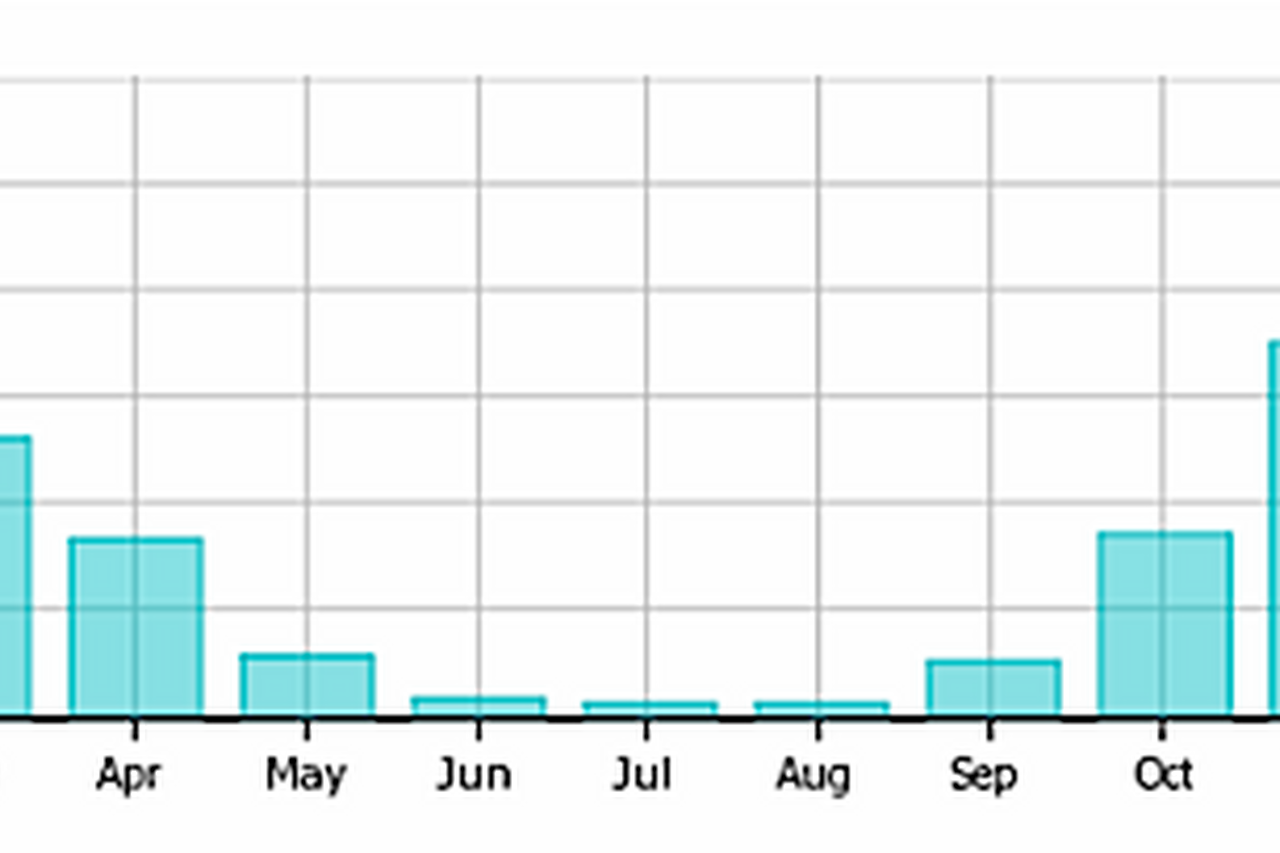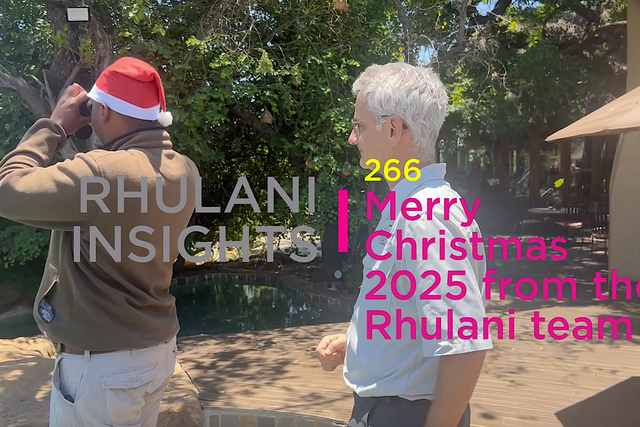It is one of the most frequent questions before you go on holidays: What climate can I expect? Just as elsewhere, at Rhulani, situated in the midst of the Madikwe Game Reserve, the weather can not be predicted with exact precision, but we are trying to share a few insights.


"We have fairly large temperature differences between winter (June to mid of August) and summer (November to February)," says Rolf Steiner, owner of Rhulani. In summer, guests are often surprised how hot it can be during the day, often above 40°C. Others would have never imagined that it can cool down on a winter morning to freezing temperatures, and you have to wrap up warm for the 6 am game drive. "No worries, we have warming blankets on the vehicle and even hot water bottles," says Rolf. “And by the way, when the sun rises, the freeze is over anyway.”
Rhulani’s guest rooms are well prepared for all eventualities. All rooms are equipped with a closed morso fireplace which kepps your room warm when you come back in the evening after dinner. There is also an air-conditioner, for both cooling and heating. For the outdoor activities, however, guests should definitely have the right clothes. Comfortable clothes throughout the year are important. A warm sweater and a thick jacket in winter are as essential as light clothes in summer.


Temperatures
In the middle season (March to May and September to October), one can expect warm, sunny days and cool nights. So you will need a TShirt for the day and a sweater for an outside boma dinner. You will them sleep perfectly with cool night temperatures; actually the ideal safari climate!
For our guests who like statistics, here are some average values: In summer, temperature is above 32°C for 74 days and above 26 °C for 196 days. In winter, temperature is below 7°C for 51 days and below 0°C for only one day. “This is really the exception”, says Rolf. The dew point peaks around January and February at 16 °C and hits the lowest levels in July at 2 °C.
Precipitations
A second climate factor is rain. "We hope for rain every day, as nature and the animals desperately need it," says Rolf, although he is aware that guests would like to enjoy beautiful sunny days. "Not a problem, there are plenty of them in ‘sunny South Africa’."
December is the wettest month and August the driest. In general, precipitation in Madikwe is scanty and erratic. Most of the rainfall occurs during the summer months, between October and April. There are on average 40 days of thunderstorms per year, most of them happening during the summer months, and four days of fog, usually happening during the winter months.
“It would be great if those statistics were true, but in recent years we had much lower quantities of rain”. Madikwe was declared as a dry zone. Water resources are very limited. “For several years we have had less than 500 ml rain, sometimes even less than half of it”, says Rolf. “And we remember that sometimes we haven’t seen a single raindrop for months!”
In summer our guests should bring a (light) rain jacket. Rhulani has umbrellas in the rooms, and should once a rain shower surprise you on a game drive, your Ranger will have a poncho for you on the vehicle.




